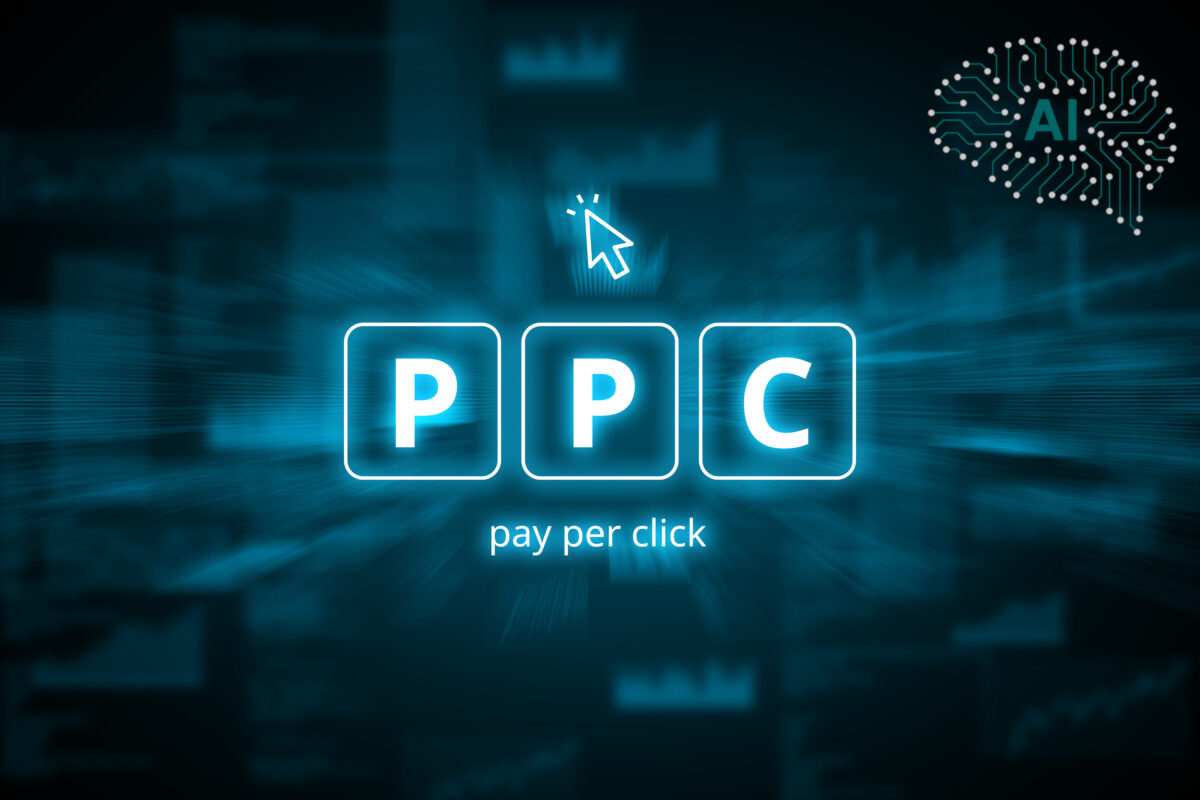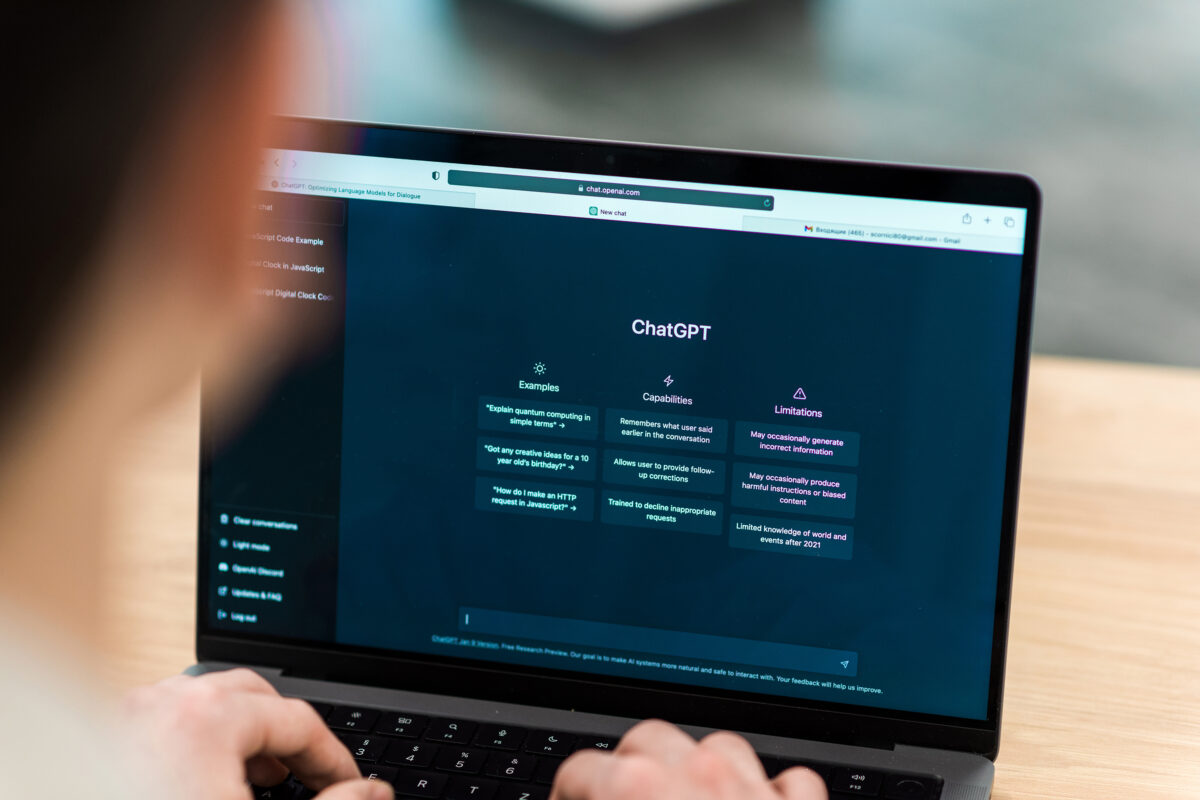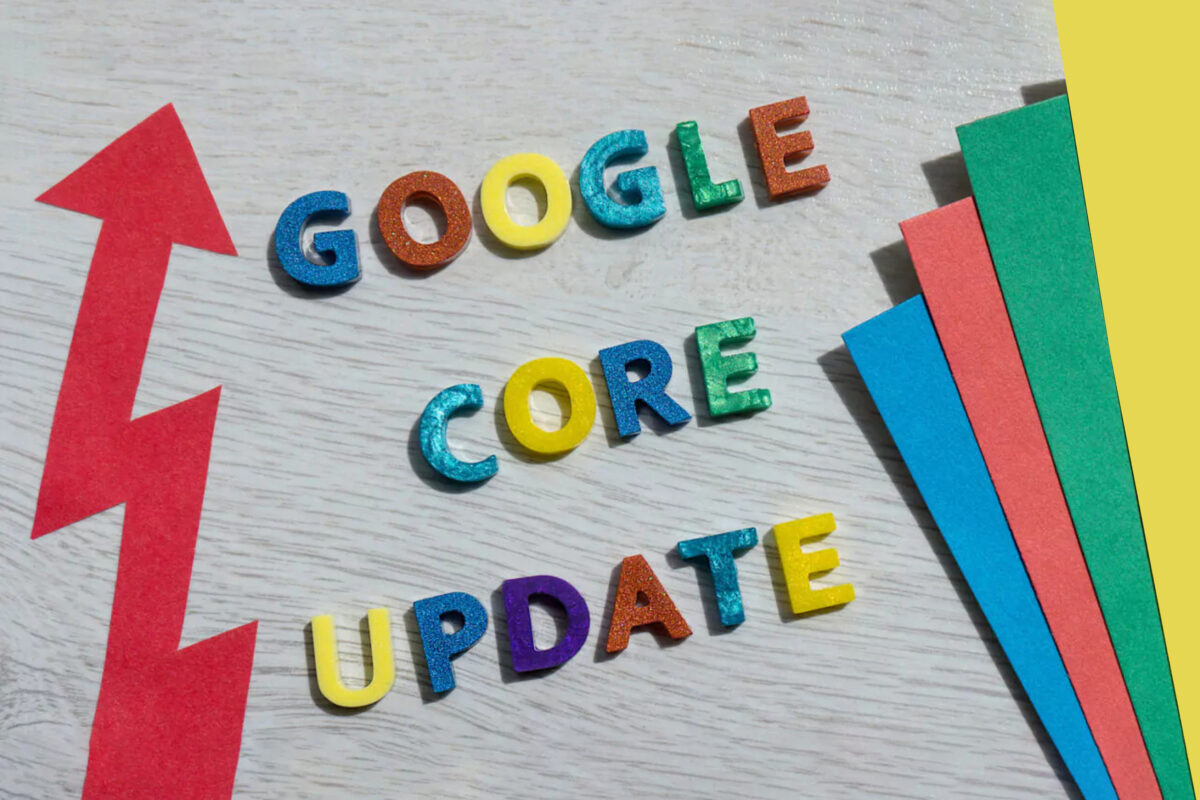Paid-per-click (PPC) marketing is undergoing a rapid transformation thanks to automation and artificial intelligence (AI). Marketers may now more effectively and efficiently improve their PPC ads by utilizing AI and automation. In this blog, the PPC Agency Miami team has mentioned some of the ways that AI and automation can be used to optimize PPC campaigns.
Let’s read it out:
Automated bidding
The majority of PPC systems have automated bidding, which lets AI choose your bids on your behalf. AI can determine the best bids for your keywords by analyzing several variables, including your campaign’s objectives, spending limit, and target market. For the same amount of money, this can help you achieve more clicks and conversions.
Keyword research and targeting
Researching and targeting keywords may be automated with AI. AI can find target audiences and pertinent keywords that you would not have considered on your own. This might assist you in reaching a wider audience and producing more leads and sales.
Ad creation and testing
Ad design and testing may be automated with AI. AI can produce several ad versions and test them to determine which works best. Your conversion rate (CVR) and click-through rate (CTR) may both increase as a result.
Campaign monitoring and optimization
Campaign optimization and monitoring may be automated with AI. AI can monitor the effectiveness of your campaign and modify your bids, keywords, and advertisements as necessary. Over time, this might assist you in getting better results.
Examples of PPC campaign optimization with AI and automation
• Ads by Google With the aid of machine learning, you can increase clicks and conversions while staying within your budget by using smart bidding. To determine the best bids for your keywords, Smart Bidding analyzes real-time signals and past data using machine learning.
• One tool that might assist you in learning more about your target audience is Facebook Ads Audience Insights. Utilizing artificial intelligence, Audience Insights examines Facebook user data to determine the demographics, interests, and actions of its users. With this data, PPC advertisements may be made that are more focused and successful.
• Ads on LinkedIn You may advertise your blog entries, articles, and other content on LinkedIn by using sponsored content. LinkedIn Ads Sponsored material leverages AI to find LinkedIn users who are most likely to be interested in your material. This might assist you in reaching a more focused audience and producing a higher volume of leads and revenues.
Conclusion
In the end, we must say you shouldn’t be afraid to experiment. Automation and AI provide a great deal of versatility. Don’t be scared to test out various configurations and approaches to see what suits your campaigns the most. To do all these things, you need to hire a professional team. You can choose our PPC services in Miami to get the finest results. Here, we consider all the above-mentioned points that will help you improve your results.


